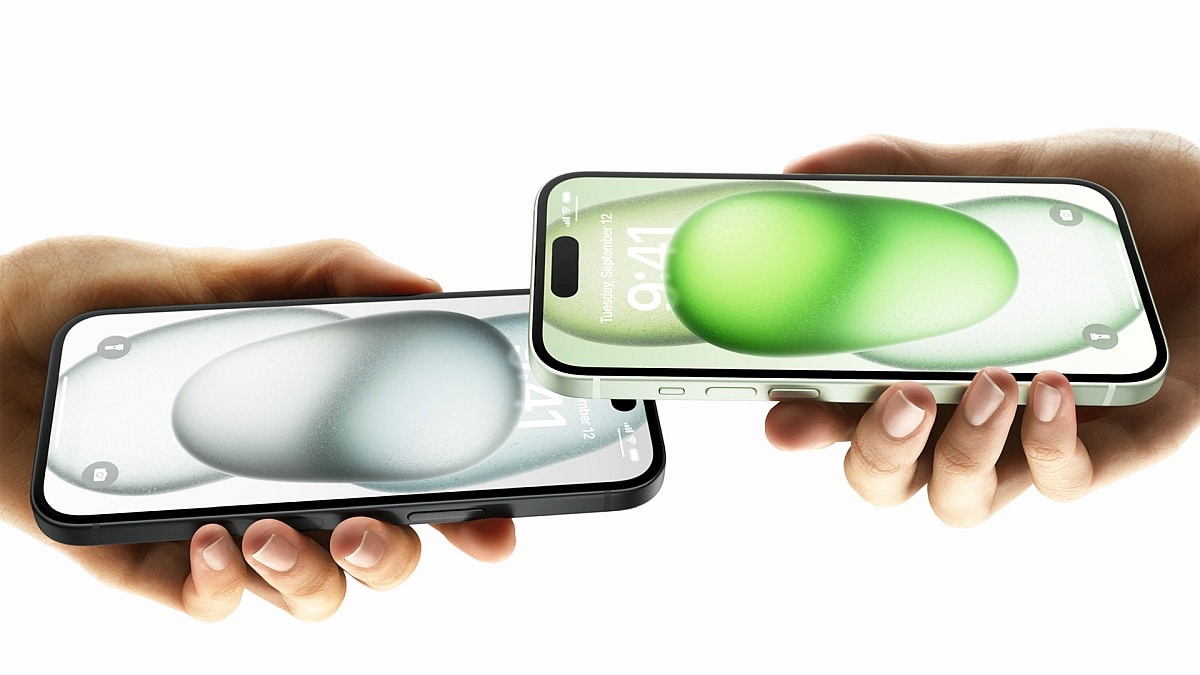Apple has released iOS 17.1, the latest version of its iPhone operating system. The update adds support for large AirDrop file transfer over the Internet when you are out of the AirDrop range. Further, it adds improvements to the StandBy feature and Apple Music. It also brings several bug fixes. The iPhone Xs or newer models will run iOS 17.1, including the iPhone Xs Max, iPhone XR, and the iPhone 11 series. Besides iOS 17.1, the Cupertino-based tech giant has also released iPadOS 17.1, and watchOS 10.1 to all supported devices.
iOS 17 reached the recently launched iPhone 15 series, along with a few select older iPhone models last month. Apple has officially released an iOS 17.1 update for eligible iPhone models now, alongside iPadOS 17.1 and watchOS 10.1. The latest update comes with new features, several improvements, and bug fixes. A notification icon will be shown on the Settings app when the update is available. iPhone users can manually check for an update by heading to Settings > General > Software Update.
iOS 17.1
iOS 17.1 and iPadOS 17.1 add the ability to continue AirDrop transfers over the Internet if the two connected devices move out of the Wi-Fi range after the sharing process has started. The Apple Music app now includes options for favourite songs, albums, and playlists, and users can filter to display their favourites in the library. Similarly, the update brings a new cover art collection offering designs that change colours to reflect the music in the playlist. iOS 17.1 will also display song suggestions at the bottom of every playlist. The latest update for iPad brings support for the new Apple Pencil (USB-C).
Further, the StandBy feature gets some tweaks to give users more control over when the display turns off in iPhone 14 Pro, iPhone 14 Pro Max, iPhone 15 Pro, and iPhone 15 Pro Max models. The latest iOS update offers fixes for several known issues related to the responsiveness of keyboards, displaying names of incoming callers and displaying image persistence. It adds Home key support for Matter locks and fixes an issue that may cause the Significant Location privacy setting to reset when transferring an Apple Watch or pairing it for the first time. It also adds an option to choose a specific album to use with Photo Shuffle on the Lock Screen. The update optimises crash detection feature in all iPhone 14 and iPhone 15 models.
iPhone models including iPhone 15 series, iPhone 14 series, iPhone SE (2022), iPhone 13 series, iPhone 12 series, iPhone SE (2020), iPhone 11 series, iPhone XS, iPhone XS Max and iPhone XR are receiving iOS 17.1.
Check out our Latest News and Follow us at Facebook
Original Source

